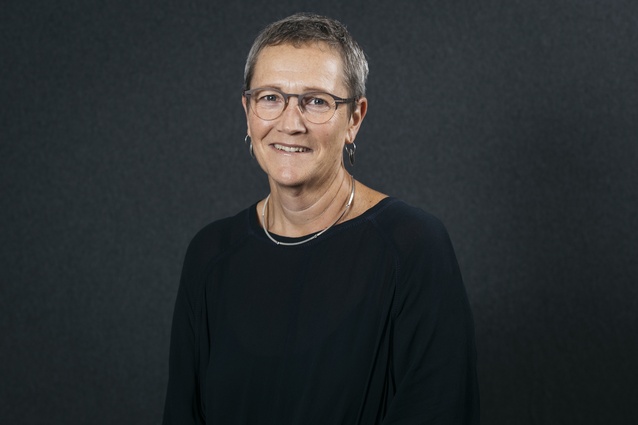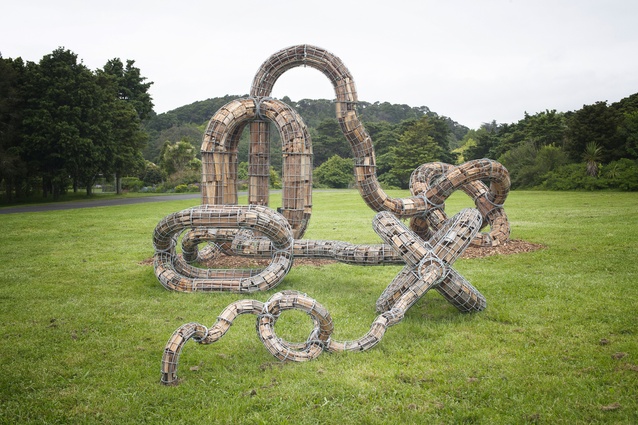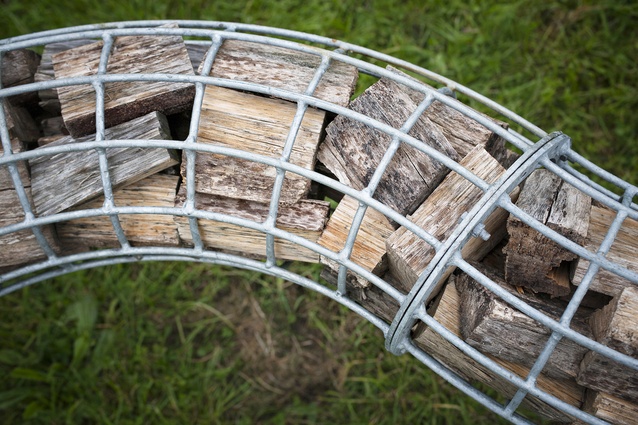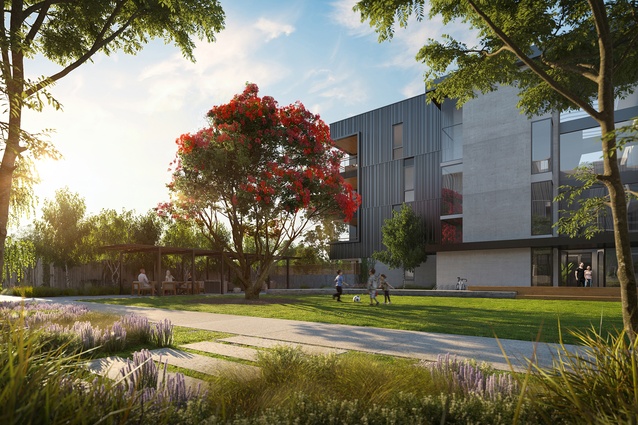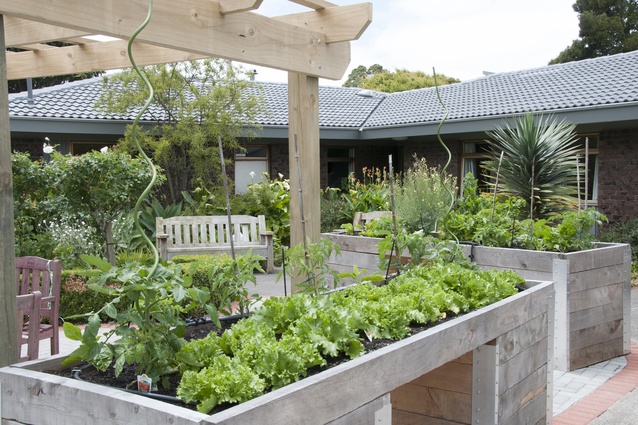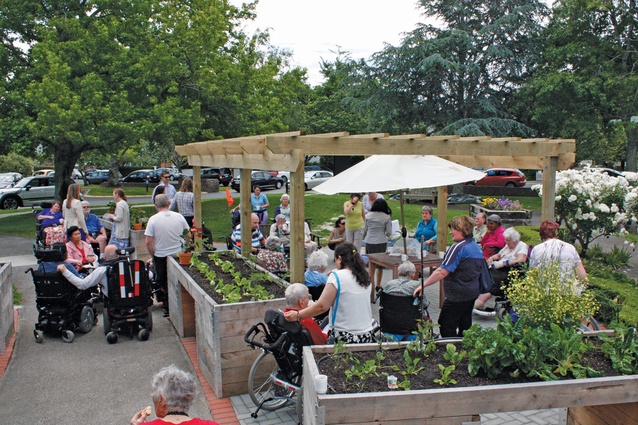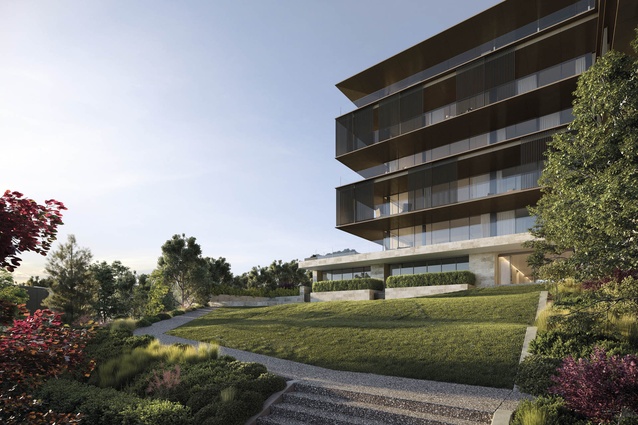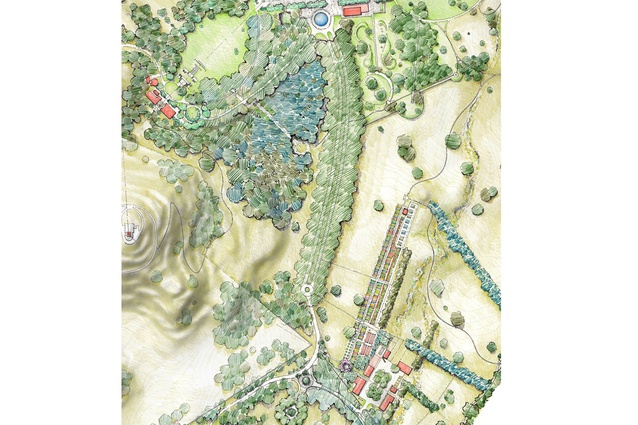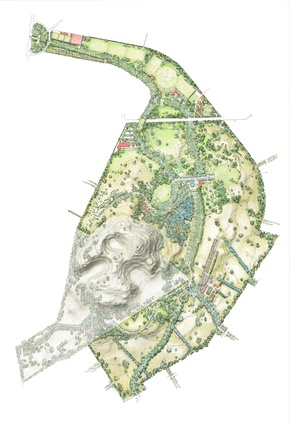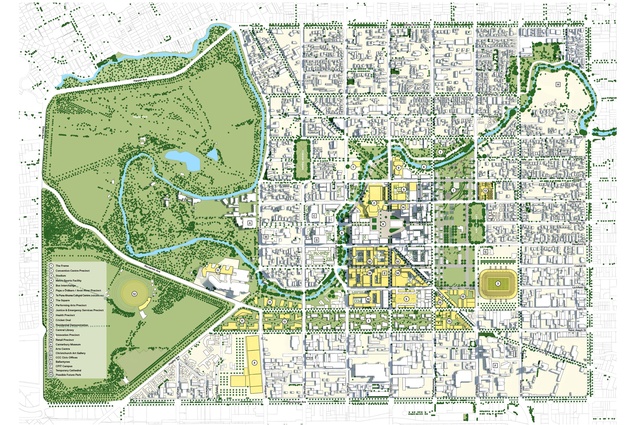Spaces and places: Rachel de Lambert
Landscape architect Rachel de Lambert is a partner at Boffa Miskell and has experience across an enormous range of fields, from urban design and regeneration to heritage management and landscape planning.
Rachel was recently appointed convenor for the Auckland Urban Design Panel and was part of the team that delivered the Central Christchurch Development Unit Blueprint Plan in 2012. Amelia Melbourne-Hayward caught up with her ahead of her keynote talk at the NZILA Firth Conference in April.
Amelia Melbourne-Hayward: You’ve been part of the curatorial team for the Sculpture in the Gardens exhibition since 2011. What particularly interests you about public art, sculptures or installations?
Rachel de Lambert: SitG is a great biannual event, its free to the public, much enjoyed by the New Zealand sculptural community and a showcase for the Auckland Botanic Gardens, which are somewhat of a hidden gem for many Aucklanders.
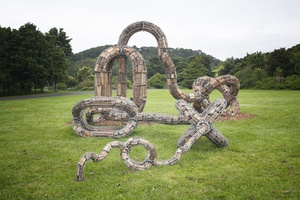
Public art is one of the more ephemeral things that can add to the meaning, identity and creativity of the city. I feel like Auckland is still behind other cities in this respect but there’s plenty of scope for us to invest in a wide range of great public art, from works that provoke to others that just make you smile.
AMH: In your opinion, what is one of the first areas Auckland needs to improve to help us become a truly world-class liveable city?
RdL: Public transport has to be top of the list. We need to re-balance our modes of transport and find ways to move more people more efficiently. If we don’t achieve this in the next 20 years (five would be better), the city will be pretty unliveable.
AMH: Through your work with the Auckland Urban Design Panel you must see many different issues with proposed developments. What are some mistakes developers are making today and what are some of the panel’s recommendations around these to ensure we have a high quality, ‘distinctively Auckland’ urban environment?
RdL: There’s no simple answer to this question. In my experience, developers, or at least the ones we get to work with, want to leave a good legacy and contribute positively at the building and city scale. I think one of the greatest frustrations to members of the Urban Design Panel is around changes between what gets consented and what is built.
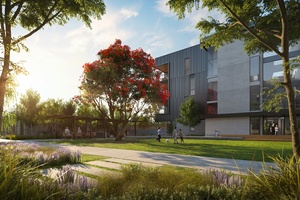
The market has been tough in recent times with cost escalation and the realities of construction and it feels like many projects have been reduced rather than improved between consent and delivery.
There’s also a culture of using different architects for concept design and securing consent and then in the detailing and delivery of the project. This isn’t always a bad move, and it can play to the strengths of different practices, but there needs to be good continuity and commitment to the original design ideals and quality.
AMH: Do you think Aucklanders are finally changing their views on medium-density living? How can we encourage this thinking further?
RdL: I hope that they are! I think that the best way to ensure the general populace becomes more comfortable with higher density development is to have more good examples of these types of development lived in in our communities.
Great North Road, including the node around K Road/Hopetoun Street, is emerging as one such good example. Some of the earlier development there was less ideal but the newer projects are really delivering quality amenity and an improved public realm.
AMH: You have experience working with retirement communities – what does the modern-day aging population want in terms of where and how they live during their senior years? Have older peoples’ expectations of ‘senior living’ changed?
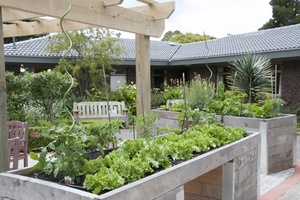
RdL: The whole concept of living in older life is one that has changed a lot in recent times and will continue to do so. The best changes I see are the way these ‘villages’ are connecting to their local communities more – there was a time past when aged care facilities were mainly about separation.
Our landscape architects have been involved in several great projects that involve creating landscapes where the residents and the community work and learn together, such as with the Gardens of Knowledge project at Elizabeth Knox.
It’s interesting to think about how the aging baby boomers will want to live in their older years. We’re living longer and want to be able to continue to experience more as we age. There’s also the prospect of autonomous vehicles and altered mobility, robots and other technology advances – it really is a fascinating space to be working in.
AMH: Do you feel that landscape architecture is often misunderstood or unseen in the public eye? How can landscape architects ensure that their profession is better appreciated?
RdL: Every landscape architect has faced the ‘roses’ question or the ‘you’re here to make it pretty’ response. It can be tiresome but I think landscape architects in the professional space are increasingly valued for early design input. We can do our best work when we are part of the site selection and site planning team. If you get the fundamentals right – at any scale – the outcome is always better!
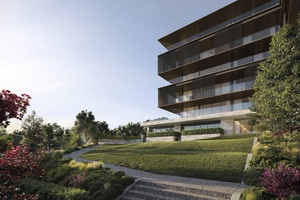
On the other hand, I was taught that we do our best work when, at the end of the day, it is unseen, and I generally believe this to be true. It’s better to let the landscape speak and for it to function well for its users. I’m not about statements and overt storytelling in design.
I expect that as a profession we will need to keep explaining ourselves and promoting our value. It’s good that there is a greater critical mass of landscape architects doing great work across New Zealand and demonstrating the value of our approach to design.
We need to keep growing our voice and advocating for our place in design teams, leading them at the right times and influencing what have been the more dominant design professions such as engineering and architecture. It’s a long road but a rewarding one.
AMH: Finally, what will your talk at the upcoming NZILA conference focus on?
RdL: Thomas Woltz and I will be talking about the great collaboration we have had the pleasure to enjoy in working with the Cornwall Park Trustees and Management in the development of the Cornwall Park Masterplan.
Cornwall Park is already an amazing, much used and incredibly loved open space parkland for Auckland and New Zealand. The opportunity to get to know it in fine detail and to envision it long into the future has been a great honour.

